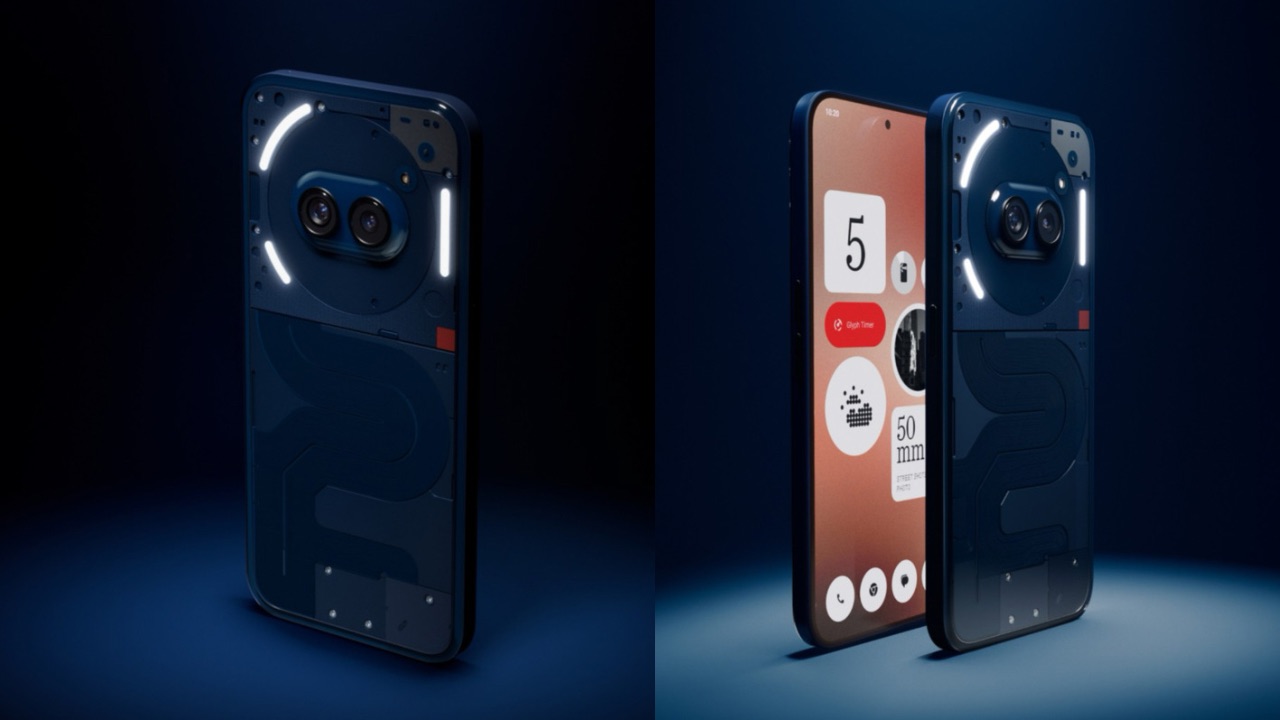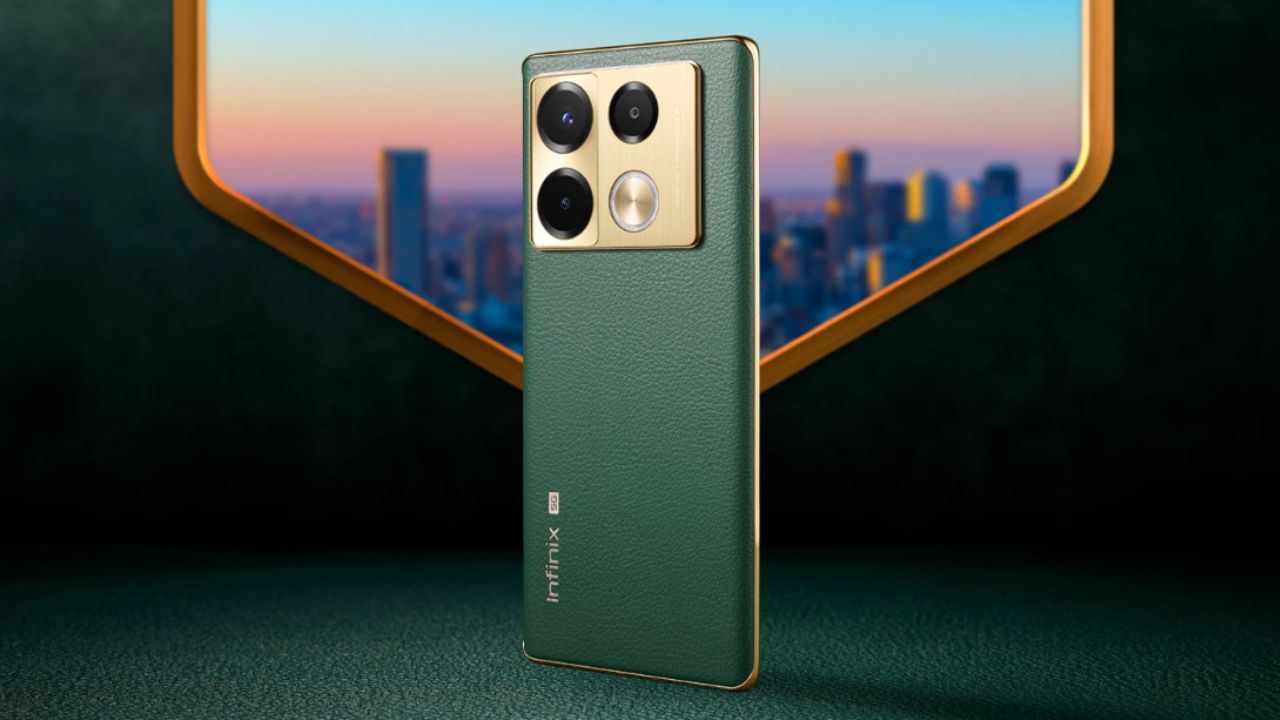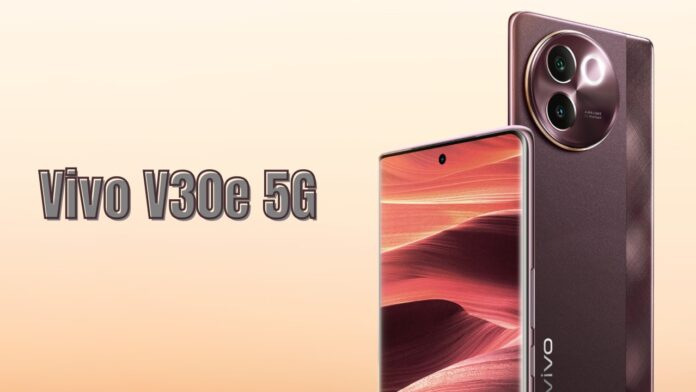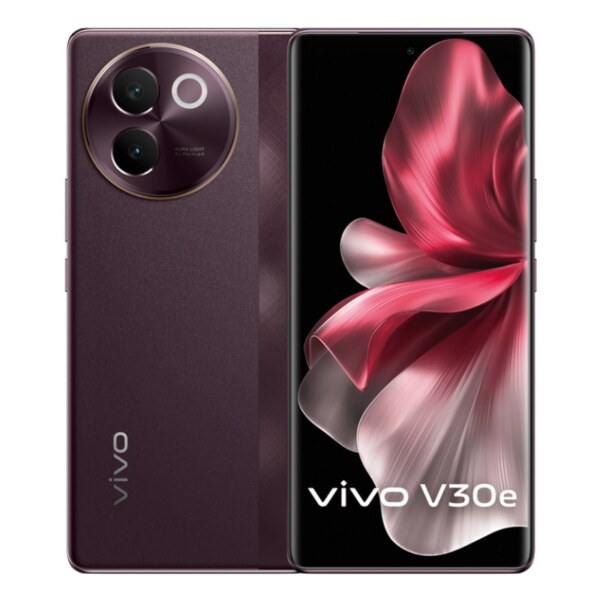Vivo has debuted the new V30e smartphone in India as the latest V30 series device. The new handset comes as a mid-ranger in India with the Snapdragon 6 Gen 1 processor along with dual rear cameras. Is it worth buying, and what are the top 3 alternatives of Vivo V30e is something we try to decode?
Vivo V30e 5G: Price, Availability
Let’s first discuss the price. The Vivo V30e 5G is priced at Rs 27,999 for the 8GB + 128GB model and Rs 29,999 for the 8GB + 256GB model. It will be available for purchase from May 9, 2024, via Vivo’s website, partner retail stores, and Flipkart in Silk Blue and Velvet Red colour options. Consumers can pre-book the smartphone starting today and avail of the below offers:
Offline:
- Flat 10% Instant Discount with ICICI, SBI, IndusInd, IDFC, and other banks
- 12 months zero down payment option with select NBFC partners
Online:
- Flat 10% Instant Discount with HDFC and SBI banks
Vivo V30e 5G: Should You Buy It?
The Vivo V30e 5G gets a 6.78-inch 3D curved AMOLED Display which has 120Hz refresh rate and a full HD+ resolution. The panel is in line with most other competitors but some of them, such as the Poco X6 Pro, offer a sharper display. However, the Poco X6 Pro lacks in some other departments as a result it doesn’t become a real challenger.
The handset is powered by the Snapdragon 6 Gen 1 processor paired with up to 8GB RAM and up to 256GB of storage. This is where the V30e 5G lacks majorly, as its processor is straight up a disappointment in a segment where options like Snapdragon 7 Gen 3, MediaTek Dimensity 7200, and more exist. Not that the Snapdragon 6 Gen 1 is poor chipset, but when considering the price of the smartphone, it underperforms a lot in comparison to the competition.
If that wasn’t enough, Vivo is offering only 8GB RAM at a price of Rs 29,999 while 12GB is a must in this range. Storage-wise, there isn’t a lot to complain about as only one other option, the Poco X6, gets you 512GB of storage in the segment while most others stick to 256GB.
It has a dual rear camera setup, a 50MP Sony IMX882 main camera, an 8MP ultra-wide angle sensor, and an Aura light. There’s a 50MP sensor on the front for selfies and video calls, which also supports Autofocus. We cannot comment on the cameras as of now as we haven’t used the device, but if on-paper specs are taken into consideration, the sensor setup seems practical and useful.
A 5500mAh battery with support for 44W fast charging backs the device. The battery capacity is ample but the charging speeds could have indeed been in the 60W to 80W range.
Vivo V30e 5G runs on Android-14 based FunTouch OS 14 and will receive 3 major Android OS updates and 4 years of security patches. That’s standard for most new smartphones that launch in this range. Connectivity options on the device include Wi-Fi 5, Bluetooth v5.1, GPS and a USB-C port for charging. The handset is also IP64-rated.
Vivo V30e 5G: Top Alternatives
The Vivo V30e 5G, as we mentioned, isn’t the best in its class, and its competitors are already ahead in several areas. As a result, we have compiled a list of the top 3 alternatives for the Vivo V30e 5G so you can consider all options before you spend your money. The alternatives include:
OnePlus Nord CE 4 5G

Priced starting at Rs 24,999, the Nord CE 4 5G is one of the best alternatives to the Vivo V30e 5G. It sports a 6.7-inch FHD+ AMOLED Display with a 120Hz refresh rate, a punch-hole cutout for the selfie camera, sRGB, Display-P3, 10-bit Color Depth, and HDR10+. The device is powered by the Snapdragon 7fa Gen 3 Processor paired with 8GB of LPDDR4x RAM and up to 256GB of UFS 3.1 storage. Moreover, the handset supports expandable storage up to 1TB.
For optics, the device features a 50MP f/1.8 Sony LYT-600 primary camera with OIS paired with an 8MP f/2.2 IMX355 ultra-wide angle sensor. There is a 16MP f/2.4 shooter on the front for selfies. The handset draws power from a 5,500mAh battery with 100W fast wired charging support.
Connectivity options include hybrid Dual-SIM 5G, 4G LTE, Wi-Fi 6, Bluetooth v5.4, GPS, and a USB Type-C port. The handset has an in-display optical fingerprint sensor and also gets stereo speakers.
Pros over Vivo V30e 5G:
- Better chipset
- Faster charging
- Cheaper price
- More Storage and RAM
Cons over Vivo V30e 5G:
- Inferior selfie camera
Nothing Phone (2a)

Priced starting at Rs 23,999, the Nothing Phone (2a) (Review) sports a 6.7-inch AMOLED FHD+ screen with a resolution of 1084 x 2412 pixels, HDR10+, up to 1300 nits brightness, 240Hz touch sampling rate, and a 120Hz refresh rate. Under the hood, the Nothing device is powered by the MediaTek Dimensity 7200 Pro mobile platform, paired with up to 12 GB of RAM and up to 256 GB of internal storage.
On the front, it gets a 32-megapixel f/2.2 selfie camera. The Nothing Phone (2a) has launched with a dual rear camera setup, consisting of a 50-megapixel f/1.88 OIS-assisted primary camera and a 50-megapixel f/2.2 ultra-wide angle camera. It supports Ultra XDR technology as well. The device packs a 5000mAh battery with 45W Fast charging support.
Connectivity options on the smartphone include 5G SA/NSA, Dual 4G VoLTE, Wi-Fi 6 802.11 ac (2.4GHz + 5GHz), Bluetooth 5.3, GPS (L1 + L5), USB Type-C, and NFC. There’s an in-display optical fingerprint sensor for security. The device runs on Nothing OS 2.5 based on Android 14 and will get updates till Android 17 along with 4 years of security patches.
Pros over Vivo V30e 5G:
- Better processor
- More RAM and Storage
- Cheaper price
- Cleaner software
- Longer software support
Cons over Vivo V30e 5G:
- Smaller battery
- Inferior Selfie camera
Infinix Note 40 Pro+ 5G

Priced at Rs 24,999, the Infinix Note 40 Pro+ 5G sports a 6.78-inch full-HD+ (1080 x 2436 pixels) 3D curved AMOLED Display with 120Hz dynamic refresh rate and 1,300 nits of peak brightness. The display supports 2160Hz PWM dimming and has Corning Gorilla Glass protection. It is powered by the MediaTek Dimensity 7020 chip paired with 12GB LPDDR4x RAM and 256GB UFS 2.2 storage, which is expandable.
There’s a triple rear camera setup, including a 108MP f/1.75 main sensor with OIS, a 2MP f/2.4 depth sensor, and a tertiary 2MP f/2.4 macro sensor. There’s a 32MP f/2.2 front-facing sensor for selfies and video chats. It is backed by a 4600mAh battery that supports 100W fast wired charging and 20W wireless charging.
Software-wise, it runs on Android 14-based XOS 14. Connectivity options include GPS, Bluetooth, Wi-Fi 5, 4G LTE support, and a USB-C port for charging. Other features, such as JBL-tuned stereo speakers and an in-display fingerprint sensor, are also present.
Pros over Vivo V30e 5G:
- More RAM and Storage
- Cheaper price
- Similar display
- Faster wired charging
- Wireless charging
- JBL tuned stereo speakers
Cons over Vivo V30e 5G:
- Smaller battery
- No ultra-wide angle rear camera
- Inferior Selfie camera



